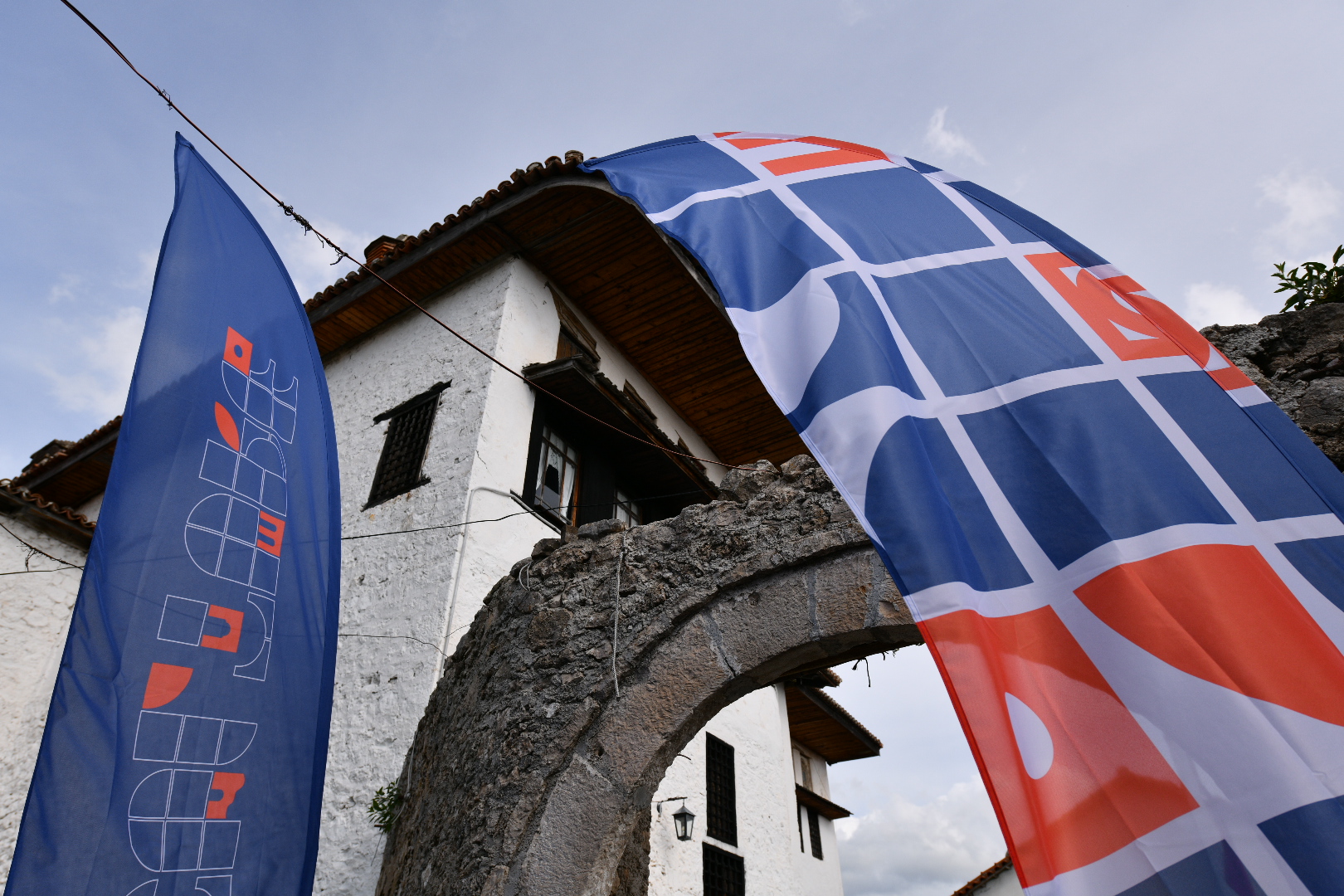Ethnographic Museum in Kruja

The National Ethnographic Museum in Kruja unfolds the narrative of Albanian customs and traditions across centuries. Housed in an original XVIII century Ottoman residence and adorned with original frescoes from 1764, it was once owned by the affluent Toptani family. The museum reveals the household’s self-sufficiency and luxury, crafting its own food, drink, leather, and olive oil. It is currently undergoing restoration under the EU4Culture programme, aimed at not only preserving the historical dwelling where the museum is located but also to enhance its resilience against potential natural disasters. All the artifacts were carefully handled throughout the entire conservation process in line with contemporary museum standards. The museum displays have been reconceptualized, with narratives behind the artifacts expanded through a range of integrated multimedia products, including audio guides, interactive walls, virtual reality experiences, and more.
Interventions proposed and intended to be implemented for site rehabilitation, regarding EU4Culture Project include:
DESIGN
Conservation scope
– Light conservation works in the external, internal surfaces and roof
– Documentation, cleaning and stabilization of painted layers
– Documentation and design of conservation baseline for all the furniture, tools and textiles
– Partial conservation and upgrade of exhibition boxes (lighting/humidity control)
– Disaster risk management
– Maintenance program and plans
Infrastructure
– Electrical installations for lighting
– Surveillance and safety system
– Heating and ventilation system
– Upgrade of visitors’ utilities
– Audio and digital system for interpretation purposes
– Urban landscaping around the museum to provide the space outdoor events
– Health and safety, emergency evacuation, fire alarms and protection
CONSULTATIONS AND DESIGN
Revitalization scope
– Interactive interpretation: the ethnography of Kruja and wider European comparisons (the ‘’Eu” house)
– Content creation for digital interpretation
– Tactile interpretation and overall establishment of universal access
– Identifying, engaging and supporting local producers and artisans for events relating to demonstration of traditional techniques of production and similar
– Branding and visual identity
MANAGEMENT AND BUSINESS PLAN
Management
– Designing structure for managing visitors’ and functions for local engagement
– Analysing for additional streams of revenue
– Designing aspects of events and activities for all age and interest groups
GRANTS
Local socio economic component (grant schemes and practical training)
– Connecting historic bazaar production with practical demonstrations – supporting local artisans to develop and implement programs of practical demonstrations of produce at the museum
– Reproduction of museum artefacts as souvenirs for sale – supporting local artisans/artists to develop a production line of souvenirs which could be sold at the museum and in the bazaar



